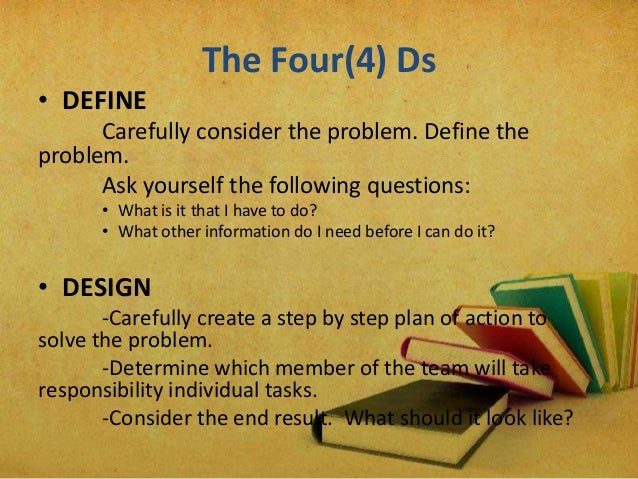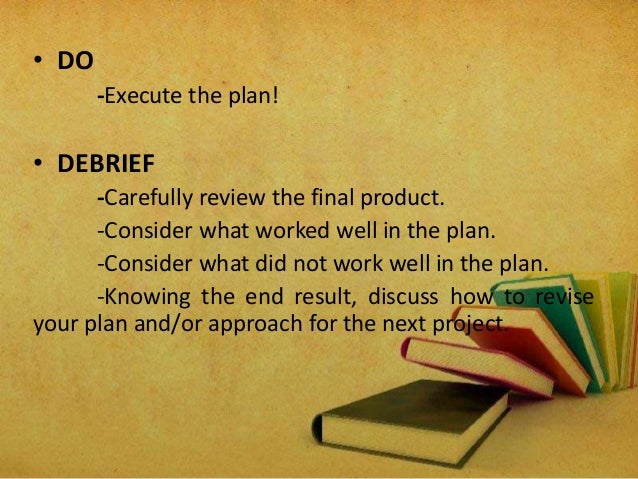The Computer as a Tutor
- The computer is one of the wonder of human ingenuity.
- With the invention of the microcomputer (now also commonly referred to as PCs or personal computers), the PC has become the tool for programmed instruction. Computer-assisted Instruction (CAI) The computer can be a tutor, in effect, relieving the teacher of many activities in his personal role as classroom teacher.The computer cannot totally replace the teacher since the teacher shall continue to play the major roles of information deliverer and learning environment controller.

Computer - assisted instruction (CAI)
- CAI integrated with Lessons.CAI works best in reinforcing learning through repetitive exercises such that students can practice basic skills or knowledge in various subject areas
- CAI integrated with Lessons•In these programs, the computer presents a question/problem first and the student is asked to answer the question/problem. Immediate feedback's given to the student’s answer
SIMULATION PROGRAMS
- These are another kind of software that is constructiveness in nature.
- These simulation software:Teaches strategies and rules applied to real-life problems/situations Asks students to make decision on models or scenarios. These simulation software: Allows students to manipulate elements of a model and get the experience of the effects of their decisions.
INSTRUCTIONAL GAMES
While relating to low-level learning objectives, instructional computer games add the elements of competition and challenge.

These are more sophisticated than the drill and practice exercises and allow students to learn and improve on their problem-solving ability. Since problems cannot be solved simply by memorizing facts, the students have to employ higher thinking skills such as logic, recognition, reflection, and strategy- making.
MULTIMEDIA ENCYCLOPEDIA AND ELECTRONIC BOOKS
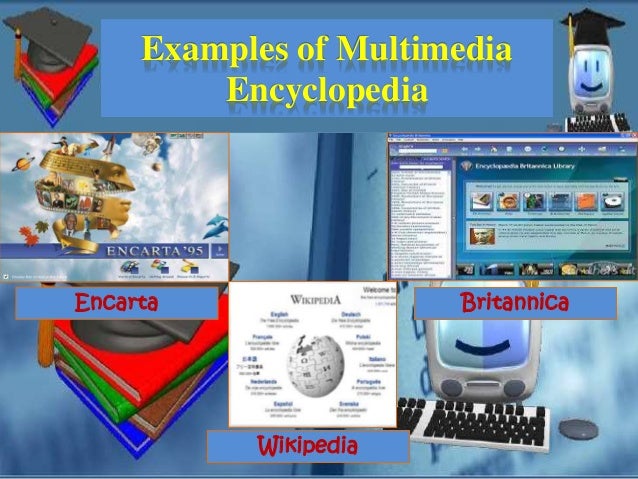
can store a huge database with texts, images, animation, audio and video. Students can access any desired information, search its vast contents and even download/print relevant portions of the data for their composition or presentation. provide textual information for reading, supplemented by other types of multimedia information (sounds, spoken words, pictures, animation). These are useful for learning reading, spelling and word skills
.
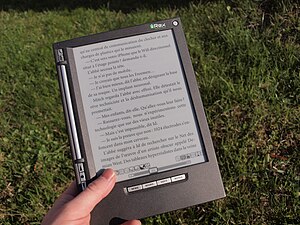


.jpg)

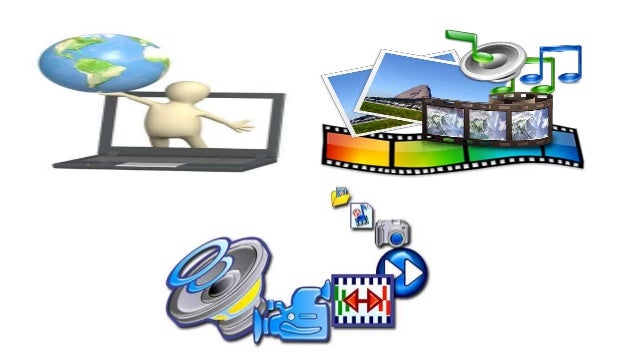










.jpg)
